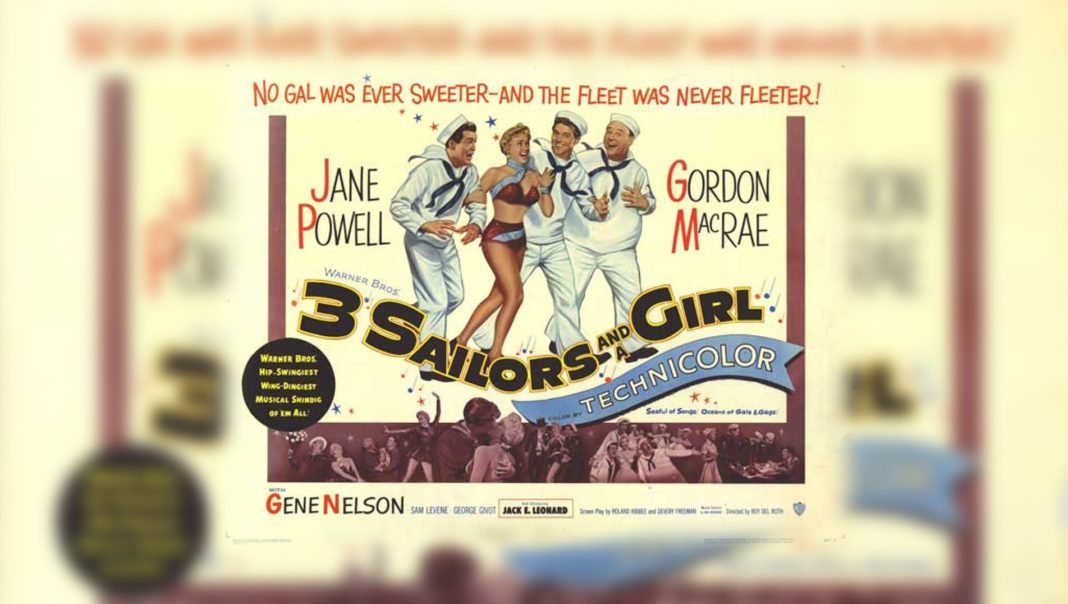HELLO AMERICA!—Because the new publisher of my book “Hollywood Through the Back Door” is releasing the 3rd publishing of the book, they have plans for me to participate on a major tour to London, Paris, Berlin, Mexico and even China. It was suggested I speak about the differences in entertainment during the 30s and now; especially when it comes to musicals, drama and star image.
Of course, I would be forced to reflect on such high powered performers and stars such as Fred Astaire, Ginger Rogers, Gene Nelson, Alice Faye, Bill Robinson, the Nicholas Brothers, Ann Southern, Lauren Bacall and tons of fantastic, beautiful, gifted people who made the hours spent staring at the screen worth every second of your time.
Like millions of other star struck youngsters from simple, average quite ordinary towns, going to the cinema on Saturday or Sunday to see a matinee made the week complete. If a musical was the offering, we attempted to emulate every dance step remembered, if the music was compelling, the following week, there was a rush to get the released copy of the words of the songs that possibly, Bing Crosby, Dinah Shore, Mario Lanza or Mary Martin performed. They were all inspirational, giving many of us reasons to dream and consider the possibility that we, too, might be able to win a place in front of the camera as well.
For example, when I saw the film “The Corn is Green” starring Bette Davis, I was so overwhelmed by the story of the impact of a teacher who believed so much in one of her young students who was stuck in the mines of his village because believing there was no other way out for him. Davis opened the door of hope, giving him a different vision of expression and freedom, resulting in his eventually qualifying to attend Oxford. I went home with an energy never experienced before; I had a feverish desire to read more stories and plays, believing if that young poor Irish boy forced in the mines could rise, why not I.
I believe the film content entertained, that’s a given, but many of them inspired as well. Many of our current film offerings seem to justify ignorance, hate and vulgarity in appearance and local expression and communication. Not speaking the language properly or dressing in public with a layer of class and dignity is lost on many current filmmakers including many in the minority film community. Sadly, actors of color who are extremely talented when awarded for an achievement as artists are unable to speak proper English. This, in itself limits casting possibilities as well as scripts which might be created including them. When considering a tour discussing the great difference between old and new Hollywood, it will be something an audience possibly will not anticipate.






